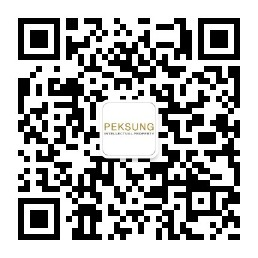01-24
News and Events
Check category
09-02
A Look into the Sunitinib Case Concerning Amendment to Markush Claim, Judgement of Novelty and Allocation of Burden of Proof
Previous page
1
Next page

Address: 16th Floor, Tower B, Techart Plaza, 30 Xueyuan Road, Haidian District, Beijing, P.R. China
Zip code: 100083
Tel: 86-10-8231-1199
E-mail: mail@peksung.com

- Peksung Intellectual Property Ltd. -
Peksung Intellectual Property Ltd.
Copyright © 2019 Peksung Intellectual Property Ltd
Beijing Municipal Public Security Bureau Haidian Branch Record No.: 1101084961
Disclaimer – The information contained in this website is for your reference only. It should not be considered as rendering any legal advice or legal opinion, nor should it be used for said purposes.

